The vast Ohio River Basin is poised for a multi-year ecological restoration after years of industrial pollution, but only if Congress decides to fund it.
STEVE INSKEEP, HOST:
Next, we report on a bid to clean up the Ohio River. The river begins in Downtown Pittsburgh and flows past several states on its way to Cairo, Illinois. It’s played a big role in American history and American industry. The Ohio was downriver of every Pittsburgh steel mill. It had other mills along its banks from Steubenville, Ohio, to Ashland, Kentucky. Anything along the Tennessee River or the Wabash flows into the Ohio, which leads to a question. How do you clean it up now? A plan to scrub it would take support from Congress. Morgan Watkins of Louisville Public Media went out on the water.
(SOUNDBITE OF WATER SPLASHING)
MORGAN WATKINS, BYLINE: A paddle along a small slice of the Ohio River in Louisville reveals the industrial history of this waterway. People call it a working river because it’s an important pathway for barges, transporting millions of tons of cargo each year. One floats by carrying freight past a family-owned sand company on the shore, one of many riverside businesses. The booming of industry along the Ohio River has boosted the economies of many waterfront towns, but it also took an environmental toll.
Forest Clevenger is paddling the canoe. He leads a nonprofit called the Ohio River Way. He’s excited about an idea to protect the wetlands, rivers and streams that make up the entire Ohio River Basin through investments in…
FOREST CLEVENGER: Clean water, habitat restoration, flooding mitigation and public recreational infrastructure.
WATKINS: It’s a big vision, but he says it’s not unique.
CLEVENGER: Like restoration initiatives that are in watersheds all around the country, just not here.
WATKINS: He’s talking about restoration programs launched for historic American waters in recent decades, like the Great Lakes, Chesapeake Bay and the Everglades. In all of them, the federal government has been providing substantial funding and coordinating partnerships with states and local communities. Now, after several years of work, people in this region have a blueprint to take to Congress. It’s called the Ohio River Basin Restoration and Protection Plan.
(CROSSTALK)
WATKINS: Last month, the groups behind the plan co-hosted a special conference in Louisville. Chris Lorentz chairs one of them, the Ohio River Basin Alliance.
CHRIS LORENTZ: This is a game-changer – a once-in-a-lifetime, once-in-a-generation opportunity. We’re asking for this now, and we’re going to show that it’s worth the investment.
WATKINS: What they’re asking for is money from Congress, an initial investment of $350 million per year for five years. The funds could help do things like clean up contaminated sites and update public water systems along the river. The plan’s supporters say repairing the region’s environmental health will boost local tourism and economies. That’s why Lorentz has high hopes Congress and President Trump will fund it.
LORENTZ: When you look at the priorities of any administration, including the current one, it’s economic development. It’s community enhancement.
WATKINS: While their plan focuses a lot on restoring the environment, he says it checks those economic boxes too. Democratic Congressman Morgan McGarvey of Louisville is working on bipartisan legislation to launch the Ohio River restoration initiative.
(SOUNDBITE OF ARCHIVED RECORDING)
MORGAN MCGARVEY: The Ohio River is the largest body of water in the entire country that does not receive a single dollar in dedicated federal funding. Not one. That’s something we got to change.
WATKINS: He acknowledges getting Congress’ approval won’t happen easily or quickly.
(SOUNDBITE OF ARCHIVED RECORDING)
MCGARVEY: We will never stop fighting because I think this is the type of legacy generational product where I hope 50, 60, 70, a hundred years from now, nobody knows who did it, but they love and stand in awe and in wonder of the incredible Ohio River and the Ohio River Valley.
WATKINS: Supporters know it’s an uphill battle. But after years of work building a coalition across 14 states and hundreds of communities that make up the Ohio River Basin, they finally have a detailed plan to show Congress what is possible with their support.
For NPR News, I’m Morgan Watkins in Louisville.
(SOUNDBITE OF THE WATER’S “DESELBY”)
Copyright © 2025 NPR. All rights reserved. Visit our website terms of use and permissions pages at www.npr.org for further information.
Accuracy and availability of NPR transcripts may vary. Transcript text may be revised to correct errors or match updates to audio. Audio on npr.org may be edited after its original broadcast or publication. The authoritative record of NPR’s programming is the audio record.

